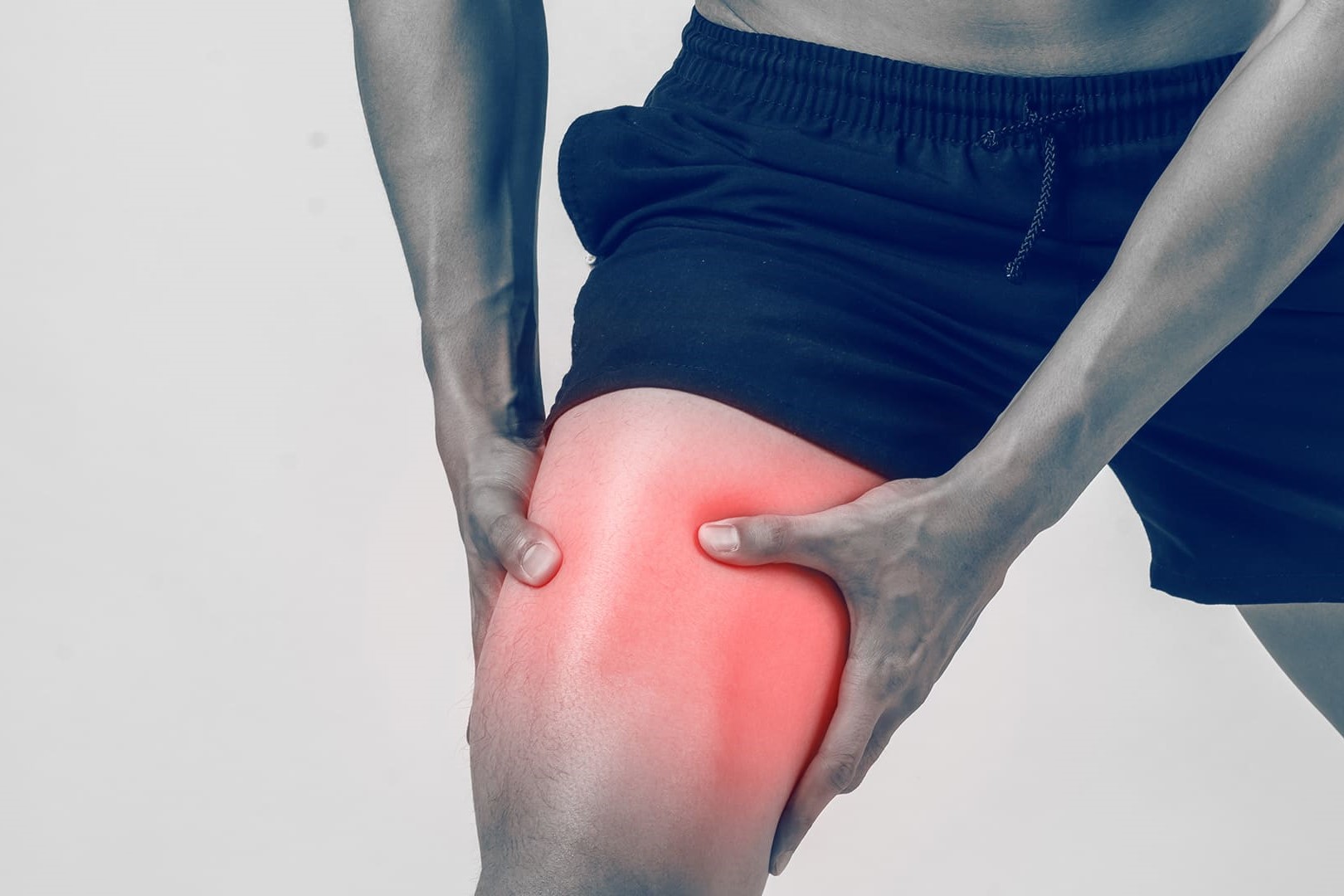
RICE Treatment for Soft Tissue Injuries
RICE treatment is a first aid acronym that stands for Rest, Ice, Compression, and Elevation. Healthcare professionals recommend this treatment for soft tissue injuries involving muscle, tendon, or ligament
Learn more about how to treat different types of injuries with RICE
Injury Management
An injury can happen anytime, anywhere.
It can occur during physical activities at home or work and even while outside in the garden.
Pain and swelling may come as a result.
Most people work through the pain, thinking it will eventually go away, but sometimes that is not the case.
If left without treatment, it can cause further damage.
Following the RICE method in first aid can help prevent complications and promote a faster healing process.
Step-by-Step Guide on RICE Treatment
RICE first aid has the advantage of being uncomplicated.
It can be used by anyone, anywhere – be it a field, in a worksite, or at home.
RICE treatment involves four essential steps:
- REST
Taking a break from doing activities will protect the injury from additional strain. Resting can take the pressure off the injured limb.
After an injury, rest for the next 24 to 48 hours. Wait until the doctor clears the damage or until the limb or body part can move without feeling any pain.
- ICE
Apply a cold pack or back of ice to the injury to minimize pain and ease swelling.
Do not apply cold directly to the skin – use a clean cloth to cover the ice and apply over clothing. Ice the injuries for 20 minutes three to four times a day until the swelling goes down.
As with rest, apply ice to the injury for 24 to 48 hours.
- COMPRESSION
Do compression by wrapping an elastic bandage firmly and tightly.
Wraps that are too tight can cut off the blood flow and increase swelling, so it is essential to do it the right way.
An elastic bandage can expand – which easily allows the blood to flow to the area of injury.
The bandage may be too tight if the person starts experiencing pain, numbness, tingling, and swelling in the area.
Compression usually lasts 48 to 72 hours after application.
- ELEVATION
A vital step in RICE treatment is to elevate the injury above heart level.
Elevation aids blood circulation by allowing flow through the injured body part and back towards the heart.
Elevations also help with the pain and swelling.
How It Works
Aside from the DRSABCD, the RICE method remains one of the most common treatments for sprains, strains, and other soft tissue injuries.
It is the best choice to help minimize the bleeding and swelling of the injury site before considering other aggressive interventions that may cause further tissue damage.
Effective use of Rest, Ice, Compression, and Elevation can improve recovery time and reduce discomfort.
The best management for this system involves the first 24 hours following an injury.
There is little evidence that suggests the effectiveness of the RICE first aid method.
However, treatment decisions will still depend on a personal basis, where there is the careful weighing of other treatment options.
Conclusion
Soft tissue injuries are common.
The RICE treatment is best for mild or moderate injuries, such as sprains, strains, and bruises.
After the application of the RICE method and there is still no improvement, seek immediate medical care.
Call emergency help if the injury site becomes numb or suffer deformity.
Learn first aid to know more about different techniques in wound and injury management.
Read Also:
Emergency Live Even More…Live: Download The New Free App Of Your Newspaper For IOS And Android
Stress Fractures: Risk Factors And Symptoms
What Is OCD (Obsessive Compulsive Disorder)?



